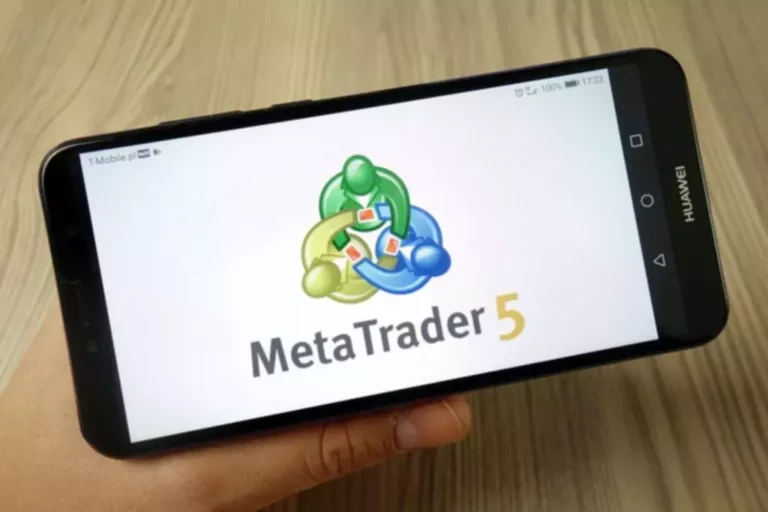Difference Between Personal Key And Public Key
However, the core difference between the two is how they handle user entry and whether they management who can validate blocks throughout the network. Since they’re similar concepts, the terms private and permissioned, in addition to public and permissionless, are often used interchangeably within the cryptocurrency industry. If you want learning about blockchain know-how and need to know the way to make a Web3 website, among different projects, take a glance at our Moralis Academy. We’ve got blockchain guides, Web3 ebooks, and full tutorials on all issues blockchain and Web3. While the technology retains its individuals nameless, this can provide opportunities for criminally pushed activities such as cash laundering and human trafficking. Public blockchain transformative potential is being realized throughout a wide range of industries, fueled by their unique capabilities.
Public Vs Non-public Blockchains: Variations And Use Instances

A public blockchain is an open, decentralized ledger that enables anyone to participate in its network. It operates with out a central authority, which means all transactions and knowledge are verified and maintained by a distributed community of nodes. This ensures transparency, safety, and immutability, as each transaction is recorded permanently and can’t be altered. While it’s not decentralized as blockchain technology originally supposed to be, a personal blockchain has one setback – it’s more Payment gateway prone to malicious assaults. In many instances, private blockchain networks are centralized and depend on only a few nodes.
Benefits Of Private And Non-private Blockchain
- If you favor full control over your network and to process hundreds of transactions in a matter of minutes, you may wish to stick with a non-public blockchain.
- All records within the network remain open for verification, and no one can modify or delete them.
- Decentralization is usually achieved by distributing the ledger to as broad a network as possible and passing management to the individuals.
- Since they do not occupy so many transactions and members, non-public blockchains have a remarkably quick transaction velocity, particularly compared to a public blockchain community.
By understanding these variations, you can decide whether or not a public or private blockchain aligns higher with your particular wants and aims. Miners (in Proof of Work systems) and stakers (in Proof of Stake systems) are liable for validating transactions and maintaining the integrity of the blockchain. These members obtain incentives within the form of cryptocurrency rewards for his or her contribution to the community. Private blockchains will probably be focused by hackers and thieves as more firms adopt them of their solutions.
Public blockchains involve larger costs due to transaction charges and integration efforts. By easily merging with established systems and processes, they facilitate a quick transition, enabling organizations to expertise the manifold advantages they convey to the desk rapidly. If you make the most of public blockchain on your organization, you may face some challenges. Hybrid blockchains can be used in real property platforms, enterprise blockchains, and authorities projects.
This ledger is distributed across 1000’s of computers worldwide, preventing any alterations or fraud. As An Alternative, cryptographic algorithms and a consensus mechanism guarantee transparency and fairness in all transactions. Real Estate managers also can make the most of personal blockchains to spice up their enterprise, by maintaining the records of shoppers, land knowledge, and different important data.
As environmental considerations develop, blockchain networks will proceed to prioritize sustainable models with out compromising decentralization. Some example use-cases of private blockchains for companies embrace provide chain administration, digital identity, finance, B2B, healthcare, and food tracking solutions. In the subsequent sections, we’ll focus on the variations between private and non-private blockchain networks. This type of blockchain is usually used by companies for internal monetary administration or logistics operations.
Integration complexities can delay the conclusion of benefits and enhance costs. In fields like provide chain administration and trade finance, personal blockchains pave the way for streamlined, cost-effective operations. Private blockchains are often more scalable than public blockchains due to the managed nature of the network and the decreased variety of participants. Because private blockchains involve fewer individuals, transactions may be processed extra efficiently. This is especially advantageous to be used circumstances requiring high transaction throughput. Personal blockchains require members to be authenticated and licensed earlier than joining the network.
Public blockchains allow people to regulate https://www.xcritical.com/ their personal knowledge and share solely needed data with service providers. This reduces identity theft risks and enhances privacy whereas enhancing access to providers like finance, healthcare, and governance. Bitcoin serves as a decentralized, international digital forex, providing customers with an different alternative to conventional banking techniques. It allows fast, borderless transactions with out intermediaries, lowering costs and rising financial inclusion in underbanked regions. Many companies now accept Bitcoin and other cryptocurrencies as a cost technique, additional driving adoption. Blockchains are a technology that is revolutionizing how data is secured and transferred.
When a company needs to have a community it can personally control and grant personal access to; a personal blockchain is the number one alternative. These non-public blockchains can course of 1000’s of transactions in a matter of seconds. No “update” or “delete” options are available in neither the basic public blockchain nor the private blockchain. This characteristic is particularly useful because it permits for accuracy, accountability, and transparency.
Well, buckle up, as a outcome of we’re about to enter some public and private blockchain examples that showcase their energy in action. For instance, think about a business wants to improve transparency and accuracy in its accounting processes and financial reporting. The blockchain would offer an interface where entries are made by finish users and then automates the the rest of the accounting processes using encryption, verification, and consensus methods. Permissioned blockchains usually have traits much like public and private blockchains, with many options for customization.

Blockchain is a robust technology that continues to reshape industries, from finance to logistics. As these systems turn into more accessible and efficient, companies will more and more adopt blockchain options to automate financial and technological processes. One instance of a personal blockchain is Hyperledger, a project centered on developing each public and private distributed ledgers for businesses. In Accordance to its developers, these methods are significantly efficient in banking, insurance coverage, manufacturing, and the Web of Things. Managed by the Linux Foundation, Hyperledger is broadly used to integrate blockchain options into company environments.
There are firms that provide blockchain-as-a-service solutions like Hyperledger Fabric, but these add prices as nicely. Interoperability is a blockchain’s capability to speak with different blockchains. When Bitcoin was first launched, this was not a consideration, however as more cryptocurrencies have been developed and created transferable value, it grew to become one. Many builders and corporations are working to create options for data sharing between blockchains. For instance public vs private blockchain, Polkadot and Cosmos are protocols that enable blockchains that would in any other case not communicate to transfer information or value.
Ever since I first dipped my toes into this revolutionary technology, I’ve discovered myself drawn to exploring and understanding its infinite potential. The complexities of layer 1 solutions particularly intrigue me, as they form the muse of decentralized networks and pave the means in which for a more transparent and environment friendly digital landscape. Firms use blockchain know-how to track goods in real-time, decreasing fraud and inefficiencies. By recording every stage of manufacturing and distribution on an immutable ledger, businesses improve provide chain visibility and accountability. This ensures product authenticity, prevents counterfeiting, and streamlines logistics. Personal blockchains, while purposefully designed for enterprise functions, lack lots of the attributes of public blockchains simply because they do not seem to be extensively relevant.



